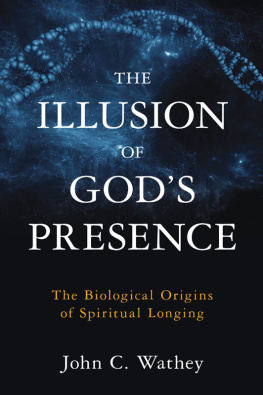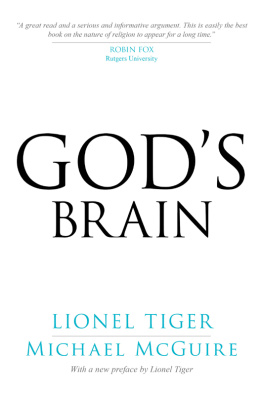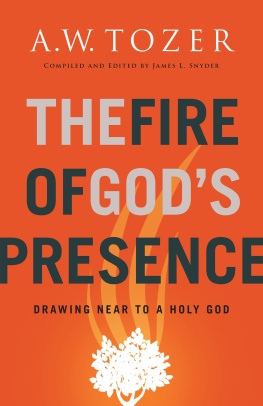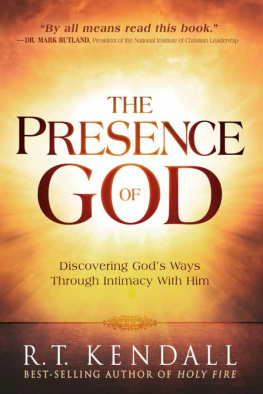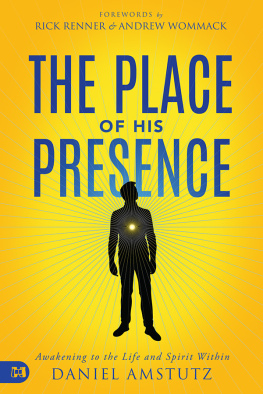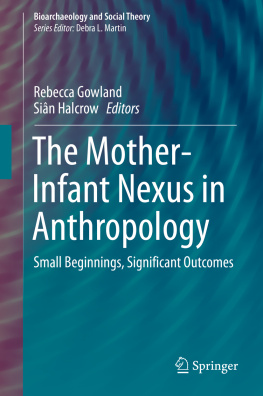
Oh that my words were now written! oh that they were printed in a book!
Job 19:23
I thank the generous and helpful people at the libraries I used, notably the National Center for Biotechnology Information through its PubMed database, the San Diego Public Library, and the academic libraries of the University of California (San Diego and Los Angeles), San Diego State University, University of San Diego, and Westminster Seminary California. This book would never have come to life in its current form without Steven L. Mitchell's willingness to take a chance on an unknown writer or without the hard work of many others at Prometheus Books. My special thanks go to Peter Lukasiewicz for guiding me through a maze of administrative tasks; to Grace Conti-Zilsberger for a beautiful cover design; and to Melissa Ra Shofner for her diligent and meticulous copyediting.
I am sincerely grateful to the many friends, family members, former colleagues, and scientific pen pals who read and commented on various parts of this book during its long gestation. They are: Bruce Bakely, Susan Blackmore, Wendy Graham, Jonathan Haidt, Jeff Hawkins, Grant Hazel, Bill Houghton, Gary Huber, Barry Jagoda, Jeff Kellogg, Lee Kirkpatrick, Deborah Layton, Adam Lee, Inge Maumus, John Michno, Rebecca Moore, Ruth Ann Mullen, Dodi Phillips, V. S. Ramachandran, Steve Rucker, B. Schmidt, Terry Sejnowski, Pat Walker, and Rikke Wettendorff. Several others deserve special thanks for reading all or nearly all of it, in some cases in multiple revisions. They are: Tina Bakolitsa, Thomas Bartol, Mary Ann Buckles, Michael Erard, Timi Standish Howell, Mike Huntley, and D. Patrick Miller. All gave much-needed encouragement and criticism, and their questions and comments alerted me to errors and weak spots. What flaws remain are entirely my responsibility.
I am especially indebted to Lee Kirkpatrick for a lengthy and stimulating . Encouragement from Tom Bartol and Wendy Graham got me through one of the darkest times, and their suggestions improved the text in places too numerous to list.
No one, however, is more deserving of my thanks and praise than my beloved wife, Mary Ann Buckles, who encouraged and supported me in this project through good times and bad, who read more manuscript pages than anyone else, and who endured the ordeal with the patience of a saintall despite her complete boredom with matters religious.

And God said, This is the token of the covenant which I make between me and you and every living creature that is with you, for perpetual generations: I do set my bow in the cloud, and it shall be for a token of a covenant between me and the earth.
Genesis 9:1213
There was a time, only a few centuries ago, when rainbows and a great many other natural phenomena were widely thought to be direct and miraculous acts of God. The Bible clearly states that they are, but we now know from the science of optics that rainbows are entirely natural in origin. You can even make one yourself, in miniature, by spraying water from a garden hose on a sunny dayno supernatural powers required. Yet there are few if any religious people who feel that their faith is under attack by the theories of refraction and internal reflection of light. No one petitions school boards to prohibit the teaching of optics or to demand equal time for the teaching of alternative theories of the origin of rainbows. Maybe this is because so many of us played with garden hoses on sunny days as children.
Darwin's theory of evolution by natural selection is different. It is a difficult subject to grasp, and it is not well taught in most American public schools. Many science teachers avoid it altogether, merely to save themselves the hassle of parental hostility. The essence of the theory is a simple yet subtle and counterintuitive idea. It is a natural process that leads to bewildering complexity. Its greatest accomplishments have required unimaginably vast stretches of time, far exceeding a human lifespan. But what most distinguishes it from the optics of rainbows is that, for many people, evolution seems to be trampling on God's special turf. For some reason, God's promise not to drown us all again has negligible emotional impact compared to our perception of him as our creator.
I wrote this appendix mainly for readers who feel drawn to this book despite prior creationist indoctrination. In these few pages I cannot hope to explain all of the subtleties of evolutionary theory, much less present a good sample of the evidence for it. I can, however, dispel a few common misconceptions about it, recommend books and videos that do a superb job of explaining the subtleties and presenting the evidence, and describe how you may need to adjust your thinking if you want to get anything out of this book. I assume, of course, that you would not be reading this unless your mind has already begun to open.
MISCONCEPTIONS
I present these as a list of six questions or objections often raised by creationists.
(1) Look at the great beauty and complexity of life on Earth. Do you really think all of this happened by pure chance?
No, of course not. But that's not what evolution says. This is by far the most common misconception about evolution. It saddens every biologist who hears it, because it reveals the extent to which our public schools are failing our children in science education. Evolution is a repetitive process through which populations of living things change in response to natural influences. It has some randomness in it, but as a whole it is a highly nonrandom process. In essence, it goes like this:
- Organisms reproduce by making copies of their genetic information, encoded as molecular strands of nucleic acids.
- The copies are highly accurate but not perfect. A few copying errorsmutationshappen at random. In a genome as large as that of a human, about a hundred mutations are expected with each copying, but most of these occur in noncoding DNA. Only a few affect the traits of the next generation.
- During the production of germ cells in sexually reproducing organisms, corresponding chromosomes from the two parents associate and recombine, such that equivalent stretches of DNA are exchanged between crossover points that occur at random locations along the properly aligned, nonrandomly paired homologous parent chromosomes. The fusion of male and female germ cells results in a cell that develops into an offspring.
- There is variety among the offspring because of mutation and recombination. In each generation, offspring compete (and in social species cooperate) for limited resources, and they respond to predators, parasites, droughts, famines, and other environmental pressures. The most successful individuals survive and reproduce, passing their genes into the next generation. By chance, some individuals with deleterious genes may reproduce, and some with advantageous ones may fail to do so, but, on average, the population at each successive generation becomes enriched in advantageous genes. This highly nonrandom process is natural selection.
Of course this outline omits many details. It describes the process for sexually reproducing organisms, but it also applies to asexual ones if you omit recombination (step 3). The main point is that the process does not depend on the joint occurrence of many improbable events, as the question implies. Evolution works by making small and subtle improvements at each generation. It is through natural selectionnot violations of the laws of probabilitythat many improvements accumulate over many generations. Because life has existed on Earth for more than three billion years, the number of generations is astronomical. That fact, and the great number and variety of ecological niches on our planet, easily account for the stunning complexity and diversity of life on Earth.
Next page
